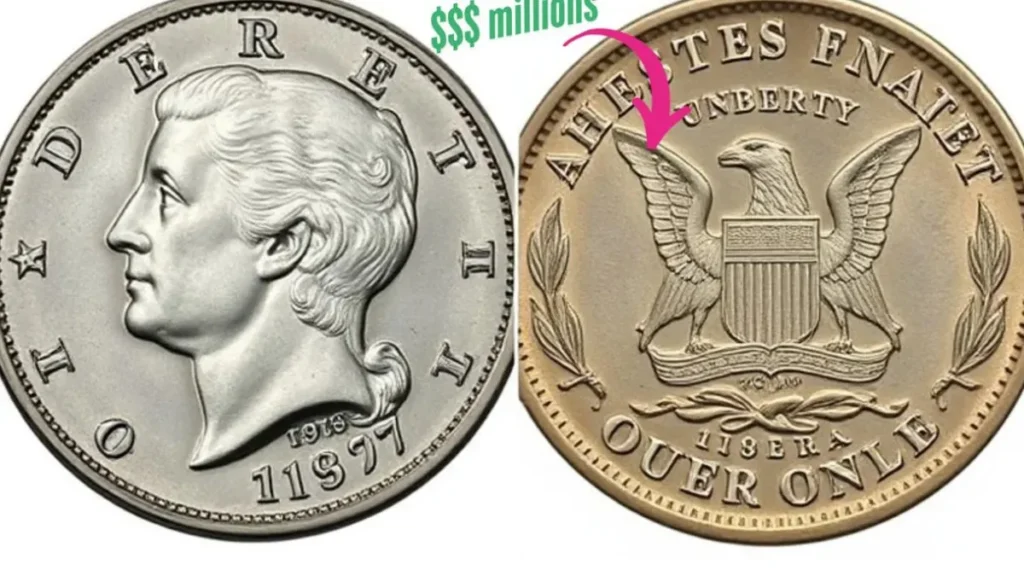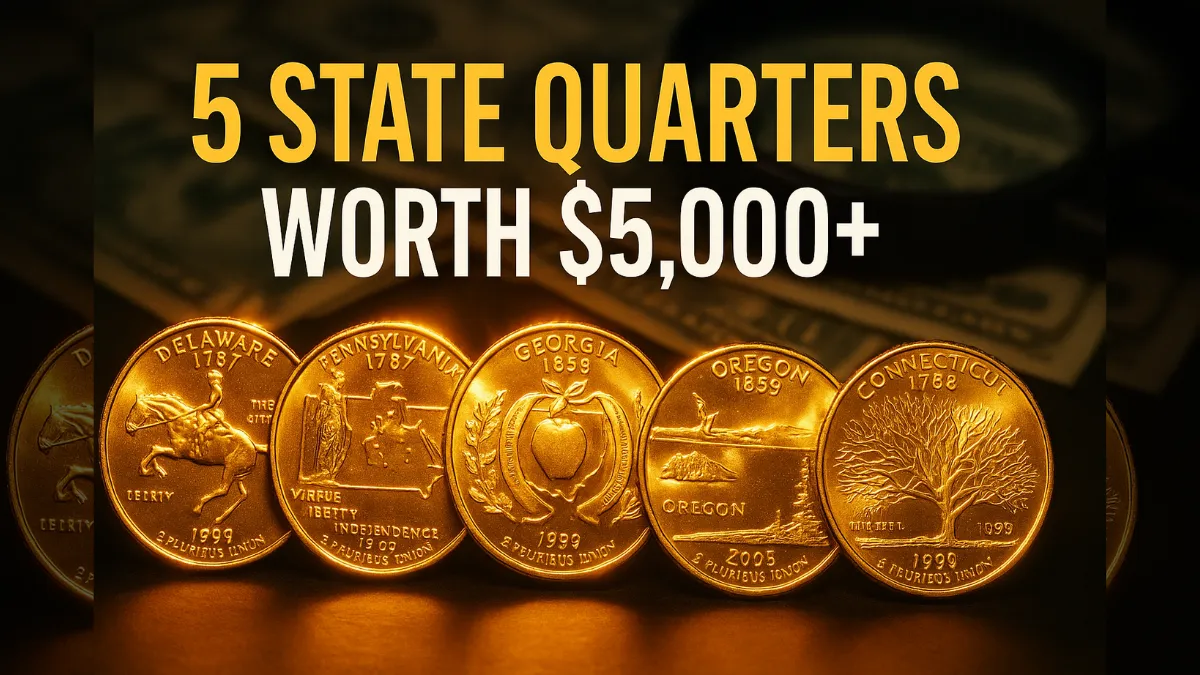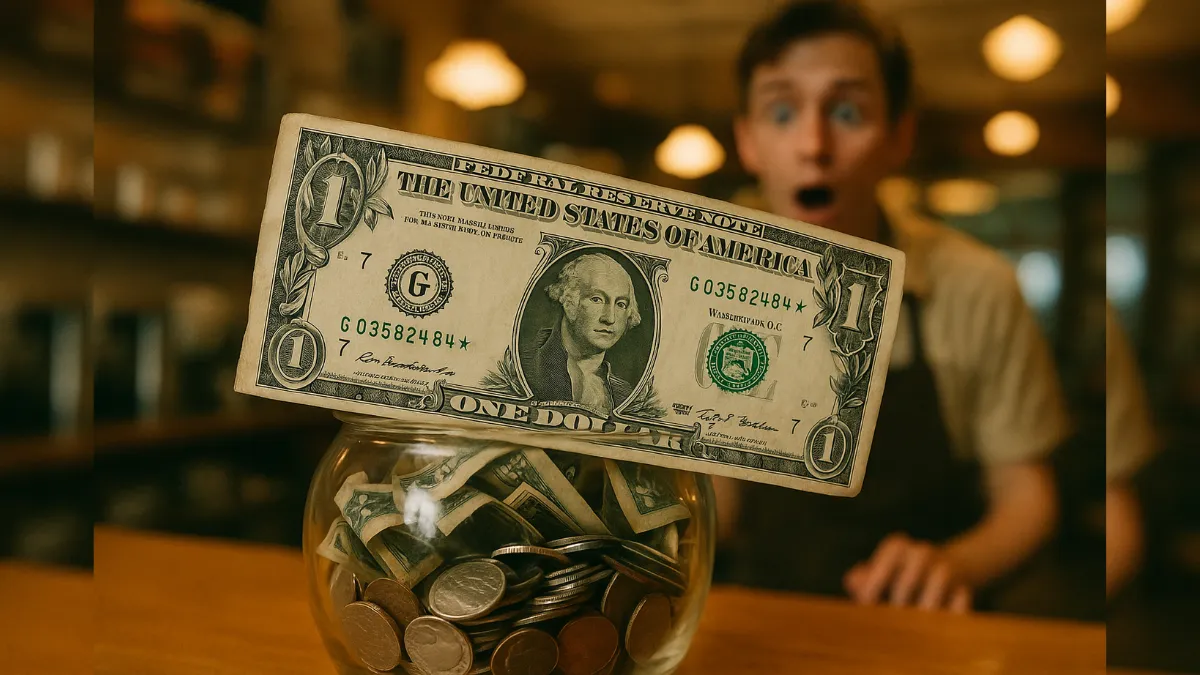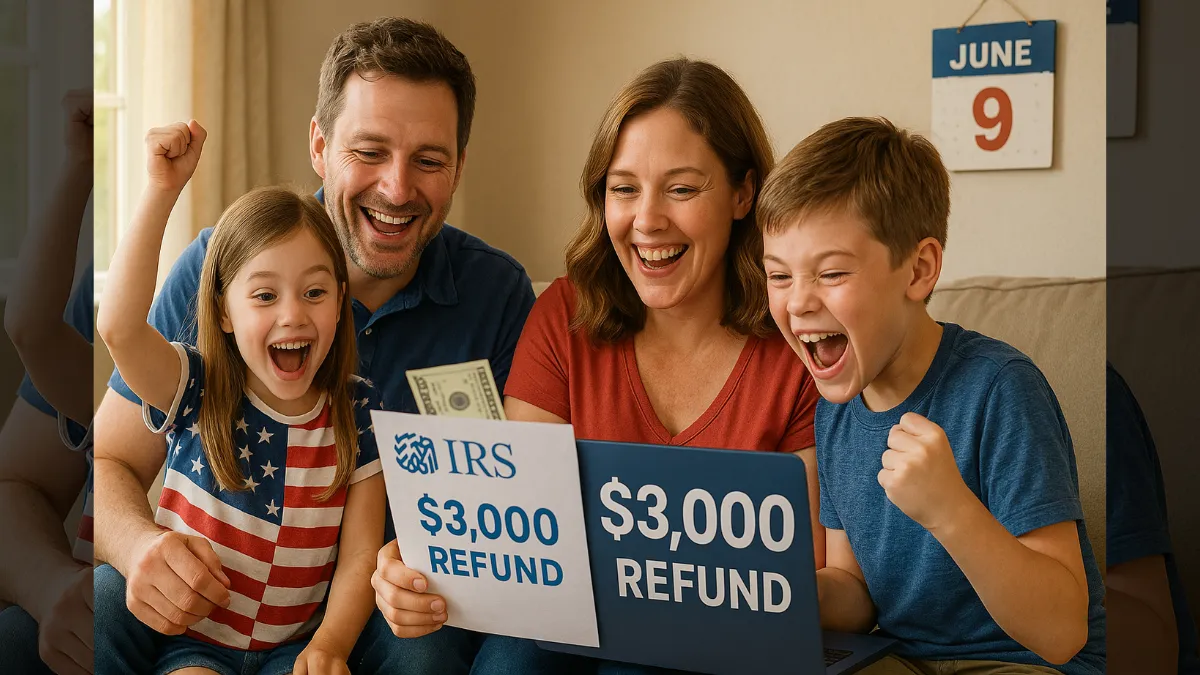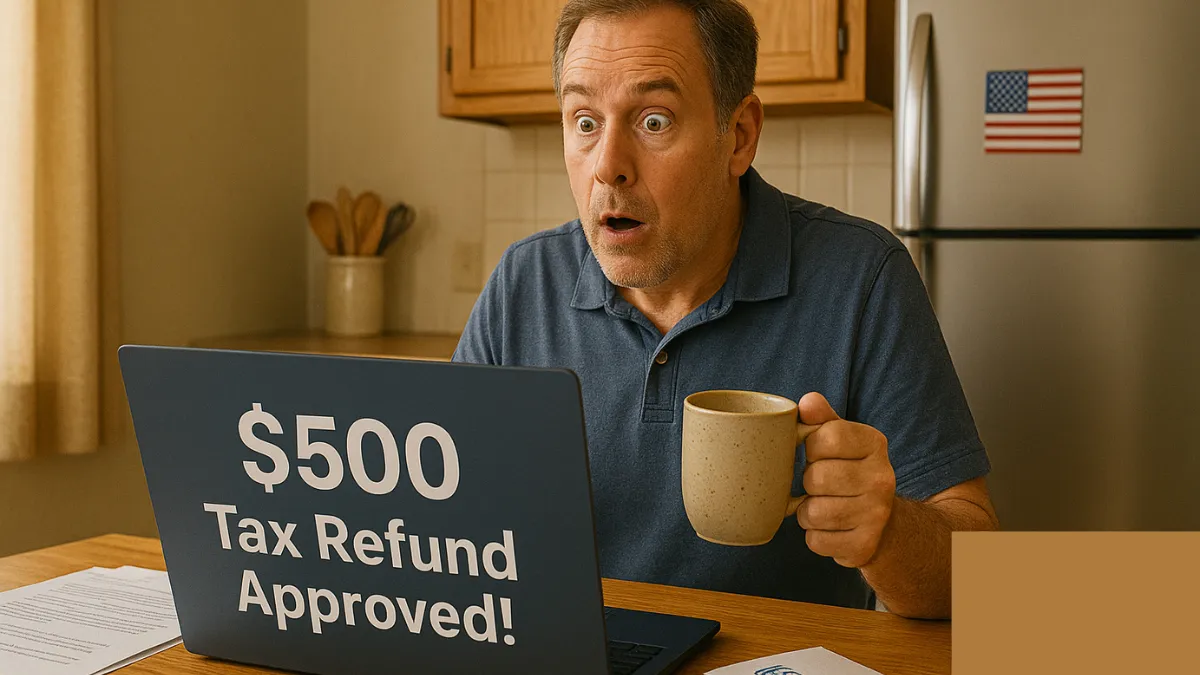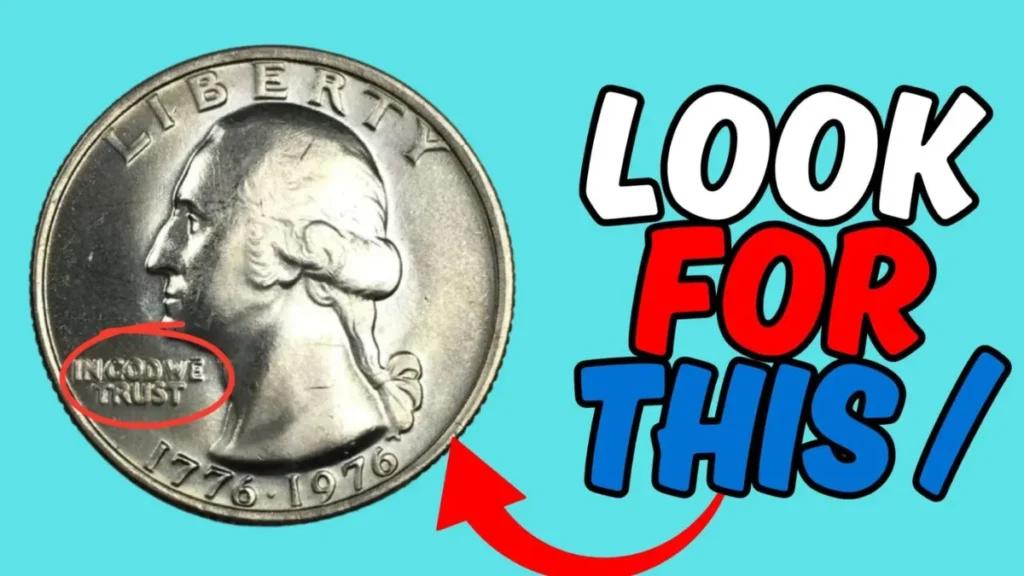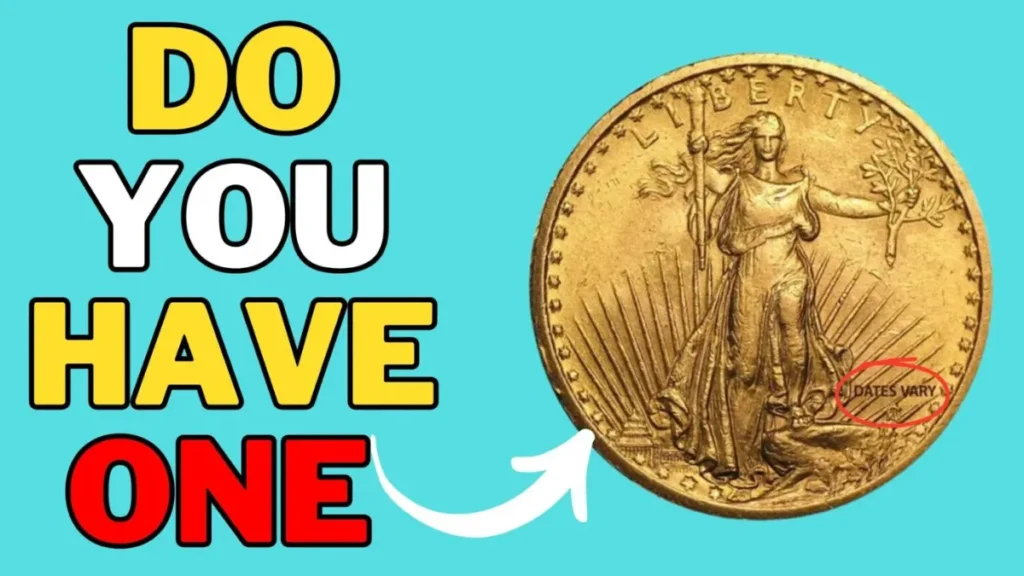Have you ever taken a second look at the change in your pocket and wondered if any of it might be worth more than just a few cents? As surprising as it sounds, some coins hiding in everyday circulation could be worth a fortune. Recently, attention has turned toward eight extremely rare Bicentennial quarters that are rumored to be worth as much as $270 million each. While this sounds far-fetched, the incredible value lies in their unique features and rarity.
These coins have captured the imagination of collectors and investors alike due to their mysterious origins and hidden worth. In this article, we’ll explore exactly what makes these Bicentennial quarters so special, why they’re worth such staggering amounts, and how you might discover one in your own coin stash. Who knows—your next million-dollar find might already be jingling in your change jar.
What Are Bicentennial Quarters?
Bicentennial quarters were specially minted in 1975 and 1976 to commemorate the 200th birthday of the United States. These quarters stand apart from the regular ones because they feature a distinctive reverse design showing a Colonial drummer boy alongside the dual date “1776–1976.” While the U.S. Mint produced millions of these quarters, only a small number contain the rare qualities that drive up their value today.
These differences can include minting errors, special metal compositions, or limited-edition proof strikes. Some of these coins were made using 40% silver, while others came out with unique visual anomalies due to production flaws. These are the traits that collectors obsess over. So even though most Bicentennial quarters are only worth 25 cents, a few extraordinary versions are considered treasures, highly sought after in the numismatic world.
Why Are These 8 Bicentennial Quarters Worth $270 Million Each?
Although most Bicentennial quarters remain ordinary and spendable, a rare few have achieved legendary status because of extraordinary factors. These eight standout coins are valued in the hundreds of millions due to a blend of extreme rarity, flawless condition, and collector demand. Key elements that affect their value include minting errors like double strikes or off-center prints, the use of 40% silver in certain specimens, and proof conditions where the coin appears practically untouched.
Some also lack mint marks altogether, which is unusual and piques collector interest. The rarest of the batch combine these features, making them nearly impossible to replicate. In the coin world, when rarity meets condition and collector frenzy, prices skyrocket. These eight coins are examples of that perfect storm, and their value keeps growing with every passing year as fewer of them surface.
Overview Table: Features of the 8 Rare Bicentennial Quarters
| Coin Name | Key Features | Mint Mark | Estimated Value |
|---|---|---|---|
| Double Die Drummer Quarter | Misprinted design; double stamping | D | $270 million |
| Off-Center Bicentennial Quarter | Design not centered properly | S | $250 million |
| Silver Proof Quarter (Error Strike) | 40% silver with minting flaw | No Mark | $265 million |
| Missing Mint Mark Error | Mint mark completely missing | – | $270 million |
| Die Clash Error Coin | Overlapping metal impressions visible | P | $260 million |
| Reverse Strike Quarter | Reverse image mistakenly struck | S | $270 million |
| High-Relief Design Quarter | Extra raised details; extremely rare | D | $268 million |
| Mirror Finish Ultra Proof Coin | Perfect mirror-like surface | S | $270 million |
These values are based on expert estimates and could vary depending on the collector market. They reflect what top-tier buyers might pay for truly pristine and rare specimens.
How Can You Spot a Rare Bicentennial Quarter?
To most people, a 1976 quarter looks no different than any other, but if you know what to look for, the differences can be striking. First, inspect the mint mark located just below the date; a “D,” “S,” or absence of a mark can indicate where it was made. Look for unusual designs like double imprints, misalignments, or images that appear too perfect.
A magnifying glass can be helpful in spotting fine details like doubled lettering or faint errors. Silver quarters lack the usual copper-colored stripe on the edge, making them easier to identify. If your coin feels slightly heavier, shinier, or just “off,” it may be something special. Remember, some of these rare coins look ordinary to the untrained eye, so always double-check with an expert before dismissing any Bicentennial quarter as pocket change.
Where Are These Coins Found?
Despite their rarity, these high-value quarters are still occasionally discovered in everyday places. Many of them are sitting forgotten in old jars of coins, tucked away in family heirloom collections, or even mixed in with loose change from banks. Estate sales, antique stores, and flea markets can also be hidden treasure troves for rare coins. Believe it or not, some have even turned up as change from vending machines or local stores.
You don’t have to be a professional collector to stumble upon one. All it takes is a little awareness and a keen eye. Check your parents’ or grandparents’ old coin stashes—you never know what you might find. Sometimes, the most valuable coins are hiding in plain sight, just waiting to be discovered by someone who knows their worth.
What To Do If You Think You Have One
If you think you’ve found one of these elusive Bicentennial quarters, the most important thing is to avoid damaging it. Do not clean the coin, as doing so can scratch the surface and drastically reduce its value. Instead, store it safely in a soft cloth pouch or a coin holder. Your next step should be getting it professionally graded by a reputable service like PCGS (Professional Coin Grading Service) or NGC (Numismatic Guaranty Company).
These experts can verify the coin’s authenticity, grade its condition, and give you a clearer idea of its market value. Before you try to sell or auction the coin, talk to a numismatist or coin dealer who specializes in rare finds. Selling a coin like this without understanding its full value could mean missing out on life-changing money.
FAQs
How can I tell if my Bicentennial quarter is valuable?
Look for minting errors, missing mint marks, silver composition, or pristine proof-like finishes. Unusual characteristics usually indicate higher value.
Are all Bicentennial quarters worth a lot of money?
No. Only those with rare errors, silver content, or proof condition are considered valuable. Most Bicentennial quarters are worth only their face value.
Where can I sell a valuable coin?
Rare coins can be sold through certified coin dealers, major auction houses, or online platforms like eBay — but it’s crucial to have the coin appraised and authenticated first.
Last Thought
While the odds of finding a rare Bicentennial quarter worth millions are slim, the possibility still sparks excitement for collectors and everyday folks alike. These hidden gems serve as a thrilling reminder that sometimes, extraordinary value hides in the most ordinary places. So the next time you’re handed some change, take a closer look—because your next quarter could be worth far more than twenty-five cents.
Matthew K. Ayers is a seasoned finance writer with a sharp eye for market trends and economic insights. With a background in financial analysis and a passion for simplifying complex topics, he crafts clear, actionable content to help readers make smarter money decisions. From personal finance to global markets, Matthew delivers trustworthy advice with clarity and precision.
